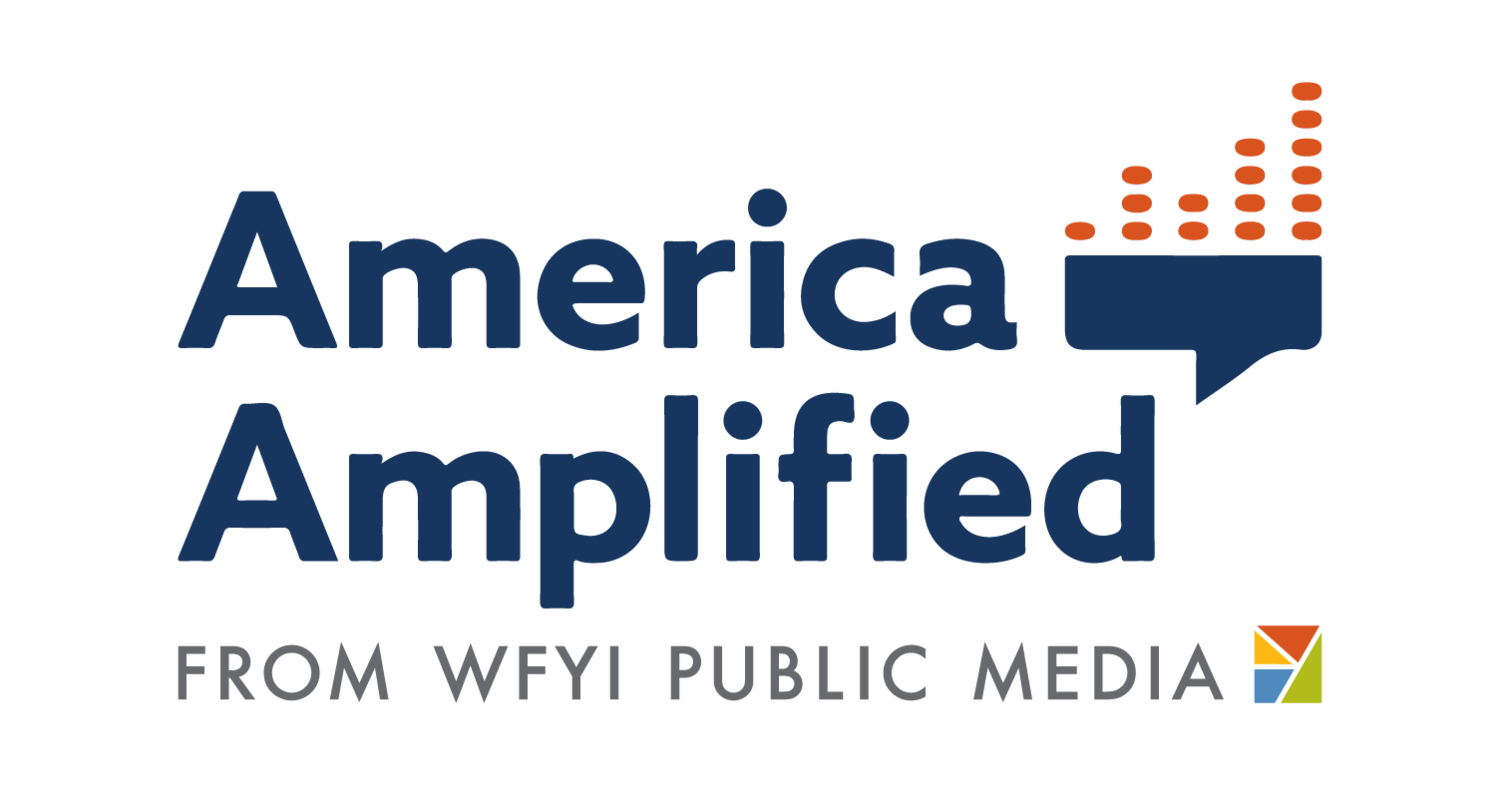Ohio Valley ReSource use of Hearken: What was helpful, what was limiting
Jeff Young is the managing editor of Ohio Valley ReSource. He is an award-winning journalist and has reported from Appalachian coalfields, Capitol Hill, and New England’s coast, among other places. His book, “Appalachian Fall: Dispatches from Coal Country on What's Ailing America,” was released in August 2020.
The America Amplified partnership made possible a one-year contract with Hearken to use its online audience engagement tool across the seven partner stations in the Ohio Valley ReSource collaborative network.
The original intent was to use Hearken to gather input on important regional issues in the 2020 election. Initial plans called for coupling the use of Hearken with audience engagement events and partnerships with local institutions such as schools and libraries to increase the range of input. The arrival of the coronavirus, of course, changed those plans. The pandemic became the main focus for our application of Hearken as the pandemic severely restricted our ability to leverage Hearken via events and partner institutions.
Applications
Ohio Valley ReSource used Hearken to generate audience questions and input about:
Coronavirus pandemic
Changes to election rules and voting due to the pandemic
Voting attitudes and low voter turnout
COVID vaccine
Black Lives Matter
We used web posts, social media, and radio promotion across our partnership to encourage community participation. See the content list at the end of this story.
Observations and assessment
Our most successful uses of Hearken — as measured by the number of responses — were near the onset of the pandemic and shortly after the announcement of vaccines. Those were two moments when people had a lot of questions about major events and there was a pressing need for clear communication about public health information.
There were also questions specific to state and local level concerns, such as the nature of restrictions on workplaces and the schedule for availability of vaccines. I felt very fortunate to have use of this tool to solicit public questions from across the region during this crisis.
In addition to the products that we generated directly in response to Hearken questions, I found it useful as an editor to use the audience feedback as a general “finger on the pulse” type of indicator to better understand where an audience is on a given issue. I think this was particularly important over the course of the pandemic, as the audience clearly grew more informed about the measures being used and as new information and developments came to light.
Questions at the outset of the pandemic reflected a need for very basic information about the virus and the public health precautions in place. Within a month, however, questions became more detailed and focused on some very practical aspects of day-to-day life while coping with the virus, such as best practices for use of protective equipment.
Later, we saw questions that reflected people’s anxieties about returning to work as local economies reopened. With news of successful vaccines we saw a similar development of the questions we got from the public: first a need for very basic information, then more detailed and regionally specific questions.
Our application of Hearken to elections and voting practices did not yield as much response as we had expected but still played a role in our development of our guides to new voting rules in our three states.
Direct engagement
Ideally the engagement process doesn’t end with a question being answered: We also want to follow up with the questioners. In some cases the reporters were able to do this directly, but for pieces that involved more questions (such as the Q&A on vaccines) direct feedback became unmanageable. The addition of a part-time engagement specialist (Tajah McQueen) has helped enormously.
Final assessment
Hearken web embeds are easy to use for both the newsroom and for our audience, allowing us to create an attractive interface for our users and then collect responses in a central location (using the Slack API).
However, there really is not much about Hearken technology that we can’t duplicate using other existing (and free) applications. In fact, Hearken’s embeds have some limitations we found frustrating.
For example, when covering the top agenda items for the new Biden administration, we wanted to ask our audiences to rank what items they thought were most important. Hearken didn’t allow for that type of feedback, so we instead used a Google doc form to allow people to rank issues.
Hearken has also not adapted especially well to social media applications.
Perhaps the most valuable aspect of the Hearken contract was the advice about how to craft prompts to give us the best chance of generating productive input. That essentially served as training for me, my reporters, and our engagement specialist, which will likely serve us well after the contract expires and we continue with audience engagement through other means.
While we have realized benefits from our use of Hearken, we do not plan on extending our contract with them. We will apply lessons learned to generate our own tools for engagement and raise money to make the engagement specialist position permanent.
Content produced
COVID and vaccines
Answering Your Questions About The COVID-19 Vaccines (Dec. 17, 2020)": By combining interviews with regional experts and material generated by America Amplified partners we were able to address five major issue areas that emerged early on from audience questions about the COVID vaccines: safety, availability, efficacy, cost and the general experience of getting vaccinated. Those issue areas represented about 15 to 20 of the questions we had received to that point.
Why Kentucky Is Changing Some COVID-19 Data: The Positivity Rate Explained (Oct. 14, 2020): Although we did not explicitly link this explainer piece to Hearken feedback, our editorial decision here was informed by what we were seeing in some questions — people didn’t understand how positivity rates were calculated and why the measure is important as a leading indicator of the trend of infections in an area.
Q&A: Pandemic Expert on Ohio Valley Mask Orders, School Reopening (July 19, 2020): A second interview with Boston University’s Dr. Gerald Keusch, addressed some Hearken questions regarding mask use and public health orders.
Masking Questions: How Pandemic Health Measures Became Politicized (July 2, 2020): We incorporated some audience questions from Hearken in this interview with Dr. Richard Besser, CEO of the Robert Wood Johnson Foundation. Listener questions had to do with PPE, masks and social distancing practices.
Your Coronavirus Questions, Answered (April 2, 2020): This interview with Dr. Gerald Keusch, professor of medicine and international health at Boston University, addressed several audience questions about protective equipment, vulnerability to repeated infections, and effects of the virus.
Elections and voting
Last Minute Voting Questions (Oct. 30, 2020): Reporter Alana Watson used Hearken feedback to address questions people had about in-person and absentee voting.
Ohio Valley Election Officials Prepare For Unprecedented Pandemic Election (Sept. 25, 2020): This piece provided an overview of the general election changes in our three states and links to the voter guides for each state
Primary guides: We used Hearken input to create these guides to address basic questions about the newly expanded absentee and early in-person voting. Kentucky example here: A Pandemic Voter Guide For Kentucky’s Primary Election
Voting attitudes and low turnout: We sought input about the region’s low voter turnout and produced this feature exploring some factors that contribute to low voter turnout. However, the Hearken prompt generated very little response. The Missing Voters: The Ohio Valley Has Some Of The Nation’s Lowest Voter Turnout. What Could Change That?

